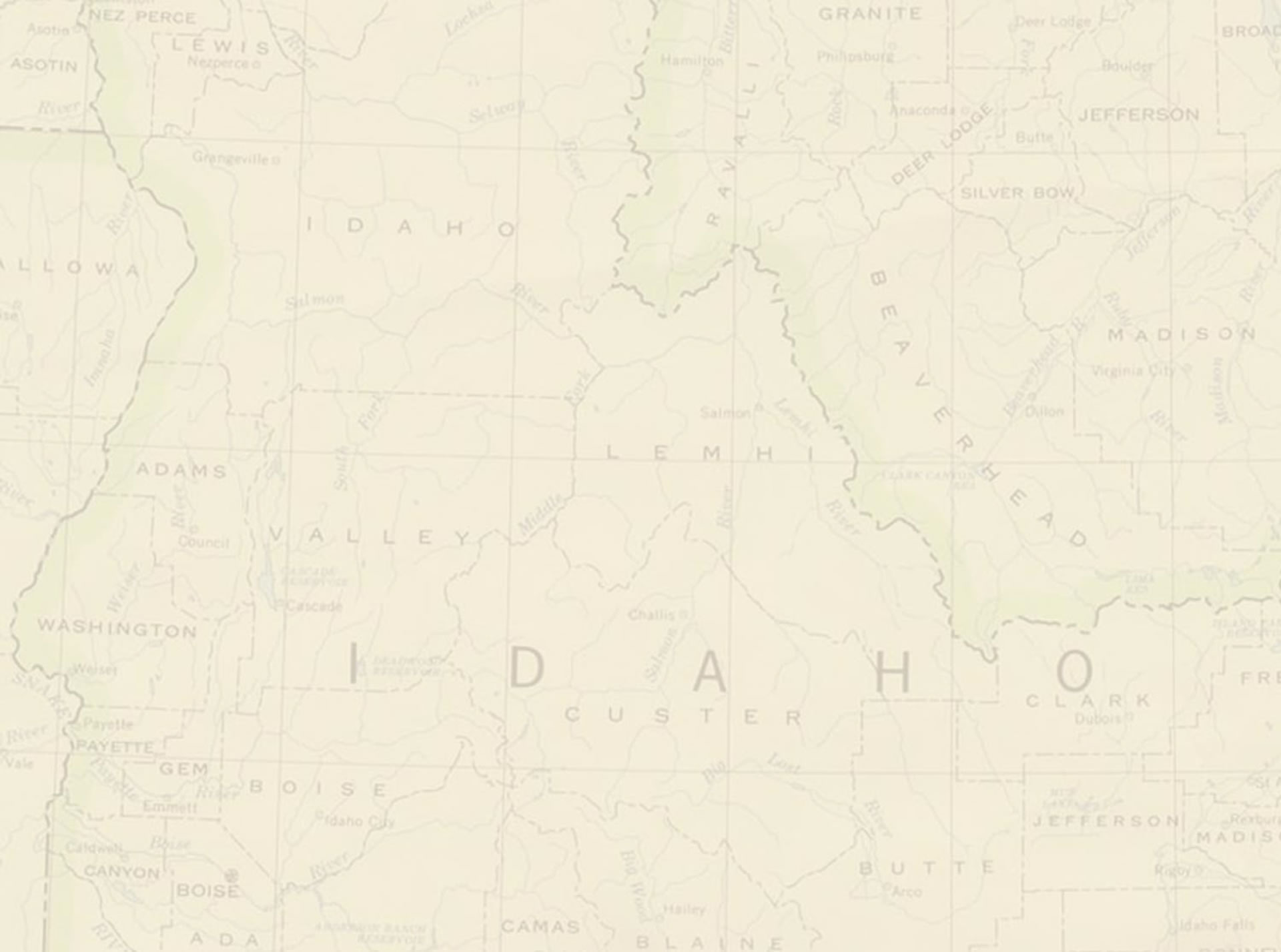


This summer in Idaho, you can have a connection and know why rivers are a noble cause to run free. With Middle Fork River Expeditions, there are no strangers here, only friends you have not met.
By a past MFRE guest…..
This summer my family and I enjoyed a week of rafting on the pristine Middle Fork of the Salmon River in Idaho. Before we went on the river to begin our six day rafting trip, a forest ranger with the Frank Church-River of No Return Wilderness, instructed us as to the rules and regulations that must be observed to maintain the pollution free river. She talked with us about the damaging effects of micro trash; those small, inconsequential things that we leave behind without a second thought. To name a few: dental floss, hairpins, matches, stray coins, toothpicks, and buttons. We were told that there were to be no remains, whatsoever, left behind when we exited a campsite. Ten thousand people a year go on the river, and when all is said and done, there should be nothing left behind to indicate that anyone at all has paid the river a visit.
I was impressed with the total effort to keep the river and the banks pollution free. In our week on the Middle Fork I did not see any signs of trash. Everyone that was on the river took their trash with themÑeven the porto-potties!
This trip piqued my interest in the condition of America’s rivers. Are other rivers in the U.S. as clean and litter free as the Middle Fork of the Salmon River?
In researching American rivers I found some very interesting facts:
1. Rivers are home to 80% of the wildlife in the western United States .
2. Rivers are also home to over 50% of the bird species in our country.
3. More than 40% of all species of fish live in freshwater rivers and streams.
4. Rivers and streams are the habitat to countless plant and animal species. Rivers and streams are the core foundation for healthy ecosystems. They provide wildlife with nesting, breeding and feeding areas.
In order for a river to be healthy, water levels need to fluctuate naturally. What does this mean? It means that every river is different and that the flow of a river is cyclical, varying greatly on time scales, whether short term or long term. Regional differences in climate, vegetation, and geology affect the natural flows of rivers.
Why is the natural flow of rivers important? It determines the size of rivers, where it flows, and the amount and type of habitat existing along riverbanks. The plants, fish, and wildlife have evolved to depend on the natural flow and unique rhythms of any given river.
There was a time in our country’s history when every river in America was a ” scenic and wild” one. According to the Wild and Scenic Rivers Act: “A wild river represents a vestige of primitive America, with generally inaccessible shorelines. A scenic river is still largely primitive but is accessible in some places by roads.”
Six rivers that are classified as ” wild and scenic” in the United States are: the Fortymile in Alaska, the Verde in Arizona, Idaho’s mighty Salmon, the Obed in Tennessee, Maine’s Allagash, and Florida’s Loxahatchee. These rivers represent some of our national treasures.
What has happened to our rivers and streams? Why are they not all “wild and scenic”? As America was being formed, the U.S. Army Corps of Engineers was established in 1776 to help build and maintain America’s infrastructure. The Army Corps of Engineers has had a tremendous impact on our nation’s water resources by straightening, deepening, constructing floodwalls and levees, and damning our rivers. It is estimated that this federal agency, more than any other, has altered more than 30,000 miles of rivers and placed hundreds of species at risk of extinction. According to the Environmental Protection Agency, the number two cause of poor water quality (the first is agricultural pollution) is changes to the natural flow of water.
What can we do? We can create organizations to preserve or restore a river’s natural flow in our own towns. As activists, we need to determine the ecological needs and human demands on a river to determine what the optimum flow should be. At the very least, we should ensure that river flows are enough to sustain essential ecological functions and meet the needs of human health and recreation. Allowing long-term rivers to flow naturally is the best way to have a continual supply of healthy water.
Individually we can conserve water, monitor local streams and rivers, notify local elected representatives to express concerns, and join a local river group. We can also advocate using less pesticides and herbicides and dispose of chemicals and oil in the correct manner.
I know we all don’t need one more “cause.” But, after my experience on the Middle Fork of the Salmon River, I am convinced, that this, more than ever, is one “cause” we cannot ignore.”
If you want to connect to the rivers in a dory, a raft, a drift boat, a kayak or a stand up paddle board please know that they are all available on trips with Middle Fork River Expeditions.